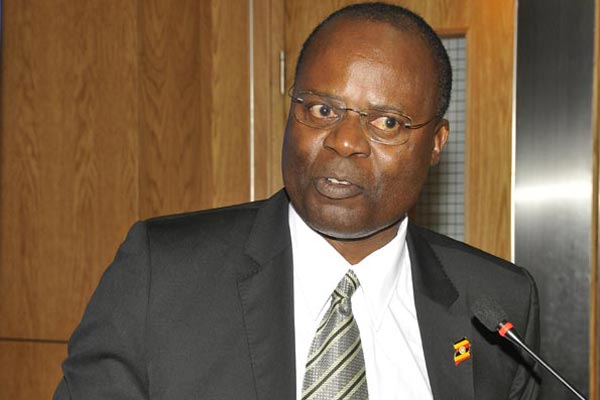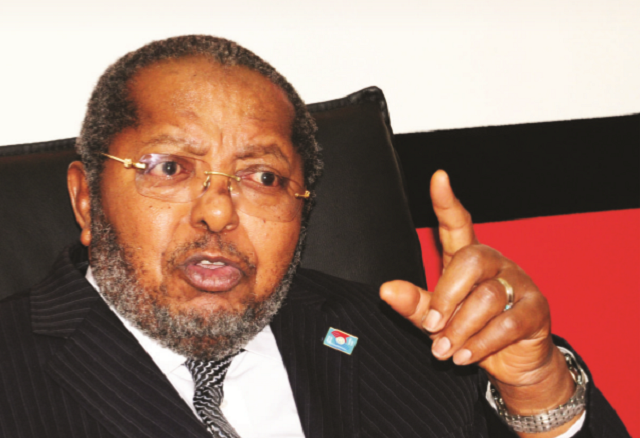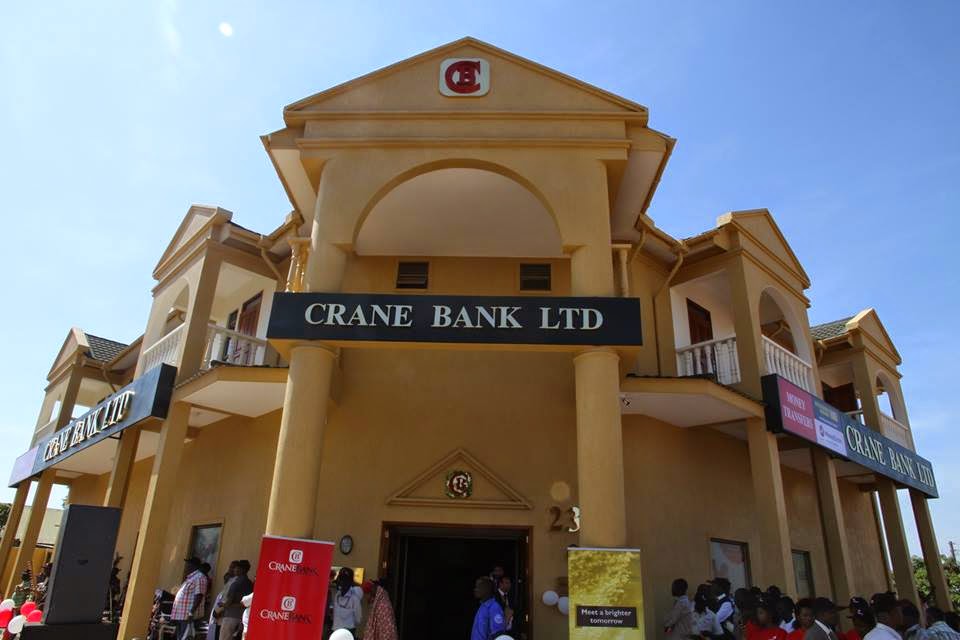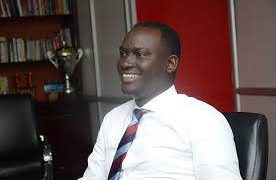
Bank of Uganda Deputy Governor Louis Kasekende has hitherto been silent on the controversial Crane Bank sale.
When Governor Tumusiime Mutebile blamed the debacle on his former Executive Director in charge of Supervision Justine Bagyenda, culminating in her disgraceful sacking in February, Kasekende remained silent on the January 2017 sale of Crane Bank to Dfcu Bank.
Not until Mutebile came out to spill the beans that it was actually Kasekende in charge in events leading up to Crane Bank’s sale, that started with putting the bank under receivership in October 2016.
Last week, Mutebile authored an opinion in state owned New Vision, defending the record of the bank. There had been integrity issues to address following his public spat with Inspector General of Government Irene Mulyagonja who had instructed him to stay staff changes that included Bagyenda’s sacking. Mutebile scoffed at the IGG, reminding her of BoU’s Constitutional autonomy with the IGG replying that she had powers to cause his arrest. It took President Yoweri Museveni’s intervention to cool tempers.
But then again sources at the meeting said Kasekende was largely silent because of his close association with Bagyenda. It is said he was working behind the scenes trying to make sure the IGG has her way.
Mutebile also addressed the issue of their relationship, saying it is cordial but didn’t fall short of giving away the fact that it was Kasekende directly involved in Crane Bank’s sale. It is a public secret Mutebile hasn’t been good shape over the past three years and Kasekende runs the show whenever he is seeking medical attention abroad.

With the revelation that Kasekende was in charge, he had no option but to use any platform he was given to defend his action. Even if it was the wrong forum and he had to stretch the truth.
On Friday, Kasekende presided over the 20th anniversary of the Uganda Securities Exchange at Kampala Serena Hotel and used most of his time on the podium, not to talk how far USE has come, but the Crane Bank sale and painting a rosy picture of the Uganda economy.
“The Uganda Bureau of Statistics released its quarterly GDP estimates for the final quarter of 2017 earlier this week. The figures indicate that a strong recovery of the economy has been underway since early 2017. In the last six months, GDP grew by 6.9 percent, compared to the same period in 2016,” Kasekende said.
“The revival of economic growth has been accompanied by a very strong inflation performance. Annual core inflation was only 1.7 percent in March 2017and averaged only 3.6 percent over the last 12 months,” he said.
For the common man, Kasekende’s figures are a fairy tale as the reality on the ground shows an economy on a decline with prices of necessities sky rocketing. Fuel has risen about Shs4,090 a litre and a bag of cement is now trading at Shs40,000 up from Shs30,000 a few months ago.
On Crane Bank sale
Kasekende also talked of a sound financial sector in 2017, with core capital adequacy ratio for the banking system rising to 20.9% at the end of 2017 from 17.3 percent at the end of 2016 and non-performing loan to total loan ratio falling from 10.5% to 5.6% in the same period.

He went on to say the successful resolution of Crane Bank in January 2017 was the main reason for the improvement of the financial soundness of the banking system.
“Despite the weakness of the economy in 2016, all the commercial banks with the exception of Crane Bank remained solvent and were able to comply fully with the statutory capital adequacy ratios. The only bank which suffered financial distress and became insolvent was Crane Bank,” Kasekende said.
“The insolvency of Crane Bank was therefore not caused by any problems in the wider economy, it was caused by its own mismanagement, not least by its extensive insider lending,” Kasekende claimed.
It should be recalled that during this period, the economy was in distress with businessmen across several sectors asking for government bailouts. Many of these had Crane Bank loans. It seems in Kasekende saying Crane Bank’s woes were not linked to a poorly performing economy had forgotten this fact.
In his statement, was Kasekende trying to conceal the now public fact the BoU wrote off a Shs600 billion loan portfolio while selling to Dfcu with many of these loans having collectable collateral?
Also because the Crane Bank sale agreement between BoU and Dfcu recently leaked, indicating that Crane Bank was given away in what analysts have called a “sweetheart deal” that flouted Financial Intelligence Authority guidelines, Kasekende has tried to save face by saying no one could have bought Crane Bank.
“BoU did not sell Crane Bank, because no one would have bought a bank with a negative net worth of this magnitude. Instead BoU carried out a purchase of assets and assumptions of liabilities transaction with Dfcu,” he said.
Even when Kasekende portrays a picture of an unwanted bank, BoU was sold hurriedly and other ‘suitors’ were not put into consideration. Dfcu officials bragged that they had got it at a “give away price” and a few months later, their annual profits had grown fivefold. Recent annual figures released by Dfcu indicated that their net profit had grown to Shs127.6 billion in 2017, up from Shs46.2 billion in 2016. This exponential growth is attributed to Crane Bank that Kasekende wants to portray as an institution no one would have wanted!
Kasekende defends the Crane Bank sale as the norm all over the world saying the manner in which the bank was sold ensured depositors didn’t lose their money, that there was no contagion to the rest of the banking system and that it minimized costs borne to the tax payers. If Kasekende’s claims are anything to go by, the Auditor General’s office wouldn’t be interested in probing Shs200 billion taxpayers’ money allegedly sunk by BoU into Crane Bank.
Kasekende said the public funds used to keep Crane Bank liquid before its resolution will only be fully recovered when the owners of Crane Bank pay back the insider loans they took out of the bank. Kasekende made this as a statement of fact, well knowing that the matter is before court and mediation was suggested with BoU. Crane Bank’s shareholders are on record disputing this assertion.
Crane Bank shareholders also say they have paid Shs350 billion for non-performing loans that were secretly transferred to Dfcu. The shareholders contend that these loans were fully secured by valuable securities and a large portion of them were collectable … but they were not given this opportunity.
As we await the Auditor General’s report and court proceedings to conclude the matter, its clear Kasekende should have kept silent on the matter like he has done for more than a year because as they say, silence is golden.
via: Matooke Republic
More
411 UG brings you all the latest News and Ugandan Music. Browse Featured News, Entertainment, Current Affairs, Technology, Interviews, Relationships and much more.
















































Share this post: